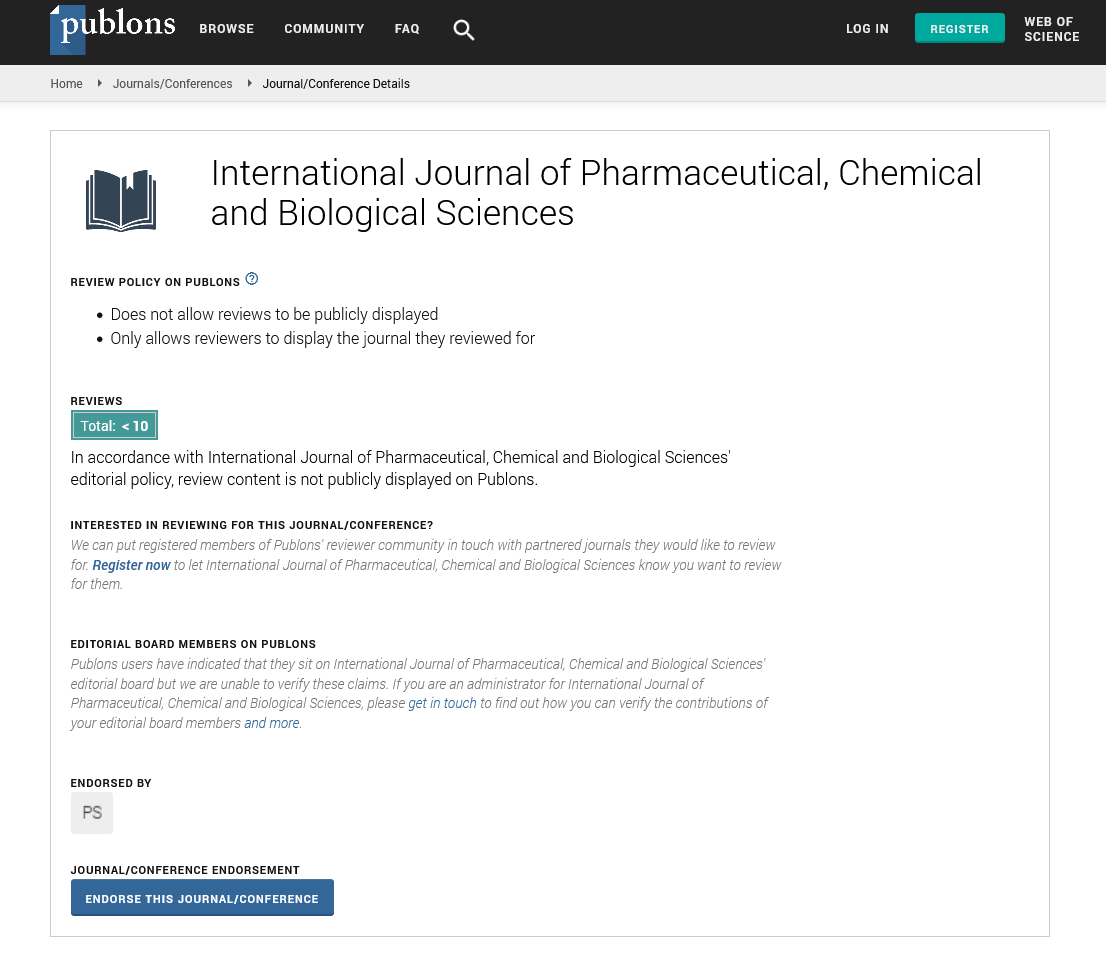Abstract
Author(s): Bhumika Sehdev1*, Haftom Zerihun2, Rajeshwar Singh3, Kashi Nataraj Vinay4, P. Prasanna Kumar5 and BS. Sridhar6
Background: Long term treatment of common chronic cardiac conditions such as hypertension with Calcium channel blockers (CCBs) has been associated with gingival hyperplasia. This oral side effect may affect esthetics and function, yet often overlooked and therefore underreported among hypertensive patients visiting in Ayder Comprehensive Specialized Hospital, Mekelle, Ethiopia. Aim: this study aims to determine the association of CCBs with gingival overgrowth in hypertensive patients. Methods and Materials: this is hospital based cross sectional study conducted among 50 hypertensive patients (25 CCBs and 25 non-CCBs age matched controls) attending the medical outpatient clinic of Ayder Comprehensive Specialized hospital. Data collection tools included interviewer administered questionnaires and periodontal examination. Socio-demographic details, medical history and periodontal indices (plaque index, papillary bleeding index, grade of GO according to DIGO clinical index) were recorded. Results: the mean plaque index and mean papillary bleeding index for CCB users were 0.9±0.8 and 0.3±0.5 respectively, while mean plaque index and mean papillary bleeding index for non-CCB users were 1.4±0.8 and 0.8±1.3 mm respectively. Also, more females (44%) presented with DIGO compared to males (26%) in both the groups.Participants on CCBs had significantly increased probing depths than that of the non-CCB users (p= 0.001). Discussion: The higher prevalence of DIGO among CCB users compared with non-CCB users has been reported. Furthermore, there was an increased risk of GO nearly 3 folds in CCB users compared with non-CCB users.The slightly higher finding of DIGO among Nifedipine users in the current study may be related to the fact that more patients were placed on Nifedipine. . The significant association between increased probing depth and DIGO in our study was not unexpected owing to the formation of false pocketing in relation to GO. Conclusion: The study reveals that the risk of GO is nearly three times higher in CCB than non-CCB users and 2 folds in nifedipine than amlodipine users in Mekelle. Further studies intend to conduct multicenter studies with larger sample sizes to further elucidate the effect of the dose and duration of CCB on DIGO and also consider genetic studies for DIGO among Mekelle patients on CCB.

